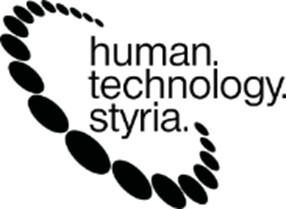By 2025, significant advancements in surgical robotics are anticipated, driven by technological innovation and increasing demand for minimally invasive procedures. Here are the key trends and developments expected in the field:
Enhanced Surgical Precision and Accessibility
Robot-Assisted Surgery Expansion:
The use of robotic systems like the da Vinci 5 is expected to broaden, making robot-assisted surgeries more accessible across various specialties, including urology, gynaecology, and orthopaedics. This shift will facilitate a transition from traditional open surgeries to minimally invasive techniques, improving patient recovery times and outcomes.
Smart Surgical Platforms:
Integration of artificial intelligence (AI) with robotic systems will lead to smart surgical platforms that provide real-time insights. These platforms will utilize augmented reality (AR) to guide surgeons through complex procedures, enhancing precision and reducing human error.
Competitive Landscape
Emergence of New Players:
The robotic surgery market is becoming increasingly competitive as new entrants, including Medtronic and smaller niche developers, aim to capture market share.
Intuitive Surgical’s da Vinci 5 launch is expected to set a new standard in the industry, prompting competitors to innovate rapidly.
https://www.youtube.com/watch?v=KNis7GUkq2Y
Orthopaedic Robotics Growth:
Companies like Stryker and Zimmer Biomet are focusing on expanding their robotic platforms for orthopaedic procedures, particularly in outpatient settings. This trend is expected to continue with new applications for shoulder surgeries being developed.
Technological Innovations
AI and Machine Learning Integration:
The incorporation of AI will enhance robotic capabilities, allowing systems to learn from data and improve surgical performance over time. This includes preoperative planning assistance and real-time decision-making support during surgeries35.
Advanced Imaging Technologies:
High-resolution 3D imaging, AR, and virtual reality are becoming integral to surgical robotics. These technologies will provide surgeons with detailed views of the surgical site, improving navigation through complex anatomical structures.
https://youtu.be/Sjg_7f3Orok?si=sgNBlgY6S4JhFnp_
Market Growth Projections
The global surgical robot systems market is projected to grow significantly, with estimates suggesting a compound annual growth rate (CAGR) of 12.4% from 2025 to 2030. This growth is fuelled by the rising preference for minimally invasive procedures and advancements in robotic technology46.
Conclusion
In summary, the landscape of surgical robotics in 2025 is set to evolve dramatically with enhanced precision, broader accessibility, increased competition among manufacturers, and integration of advanced technologies like AI and imaging systems. These developments promise to improve surgical outcomes and transform healthcare delivery.
Sources
https://www.ptc.com/en/blogs/alm/top-medtech-trends-in-2025
https://www.medtechdive.com/news/Robotic-surgery-outlook-2025-Intuitive-Surgical-Medtronic/738468/












